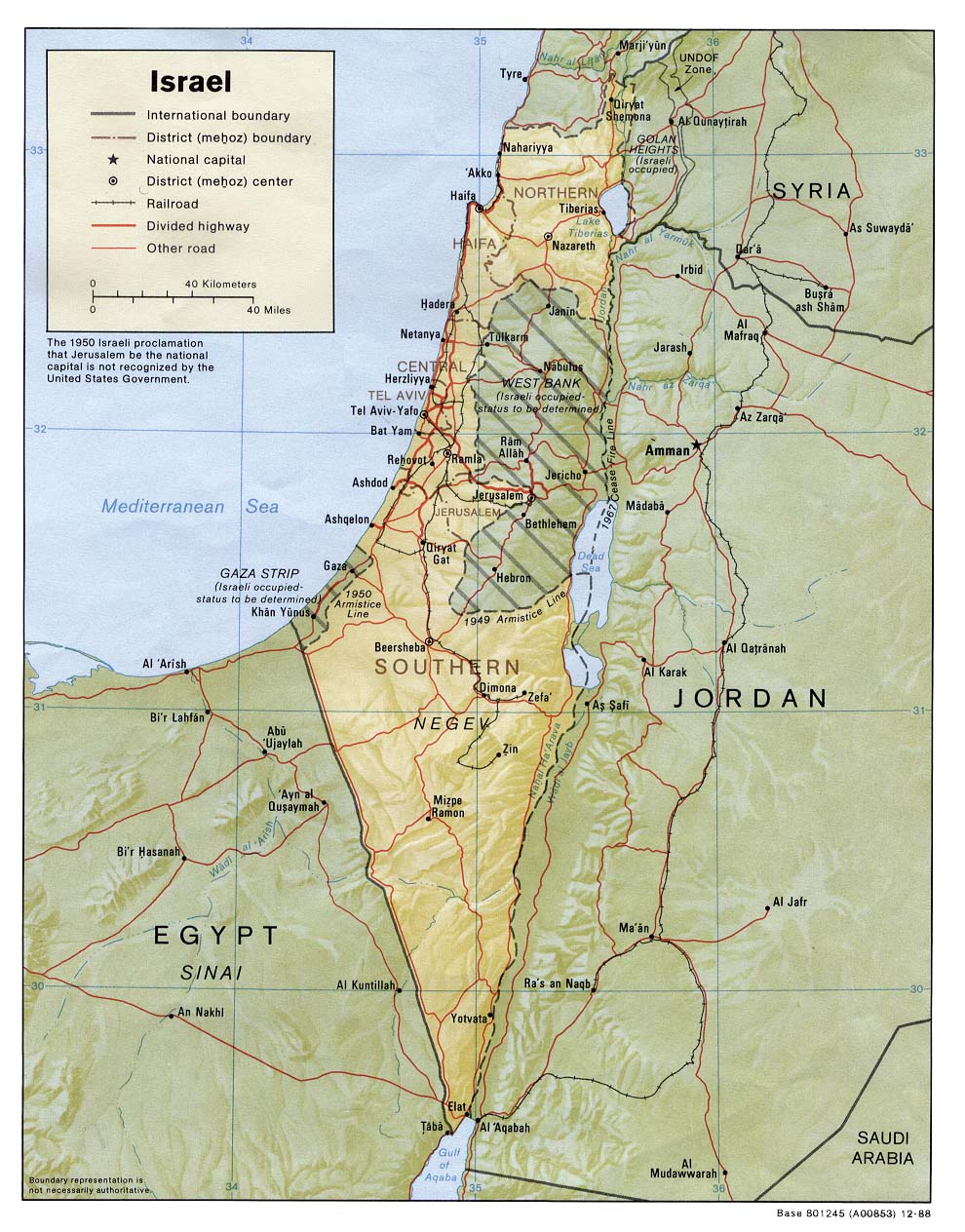With thousands preparing to come to the Holy Land in the next year, there has never been a better time to see the world of the Bible come alive! A recent visitor commented, “It is difficult to imagine how much his trip has changed my understanding of my faith, and deepened my walk with my Savior!” For those who have never been here, you may ask, “How can visiting a place help me understand my faith?”
There are five important ways:
1. Illustrate the cultural world from which the stories of the Bible come.
The Bible comes from a specific time, and specific places. Reading the Bible is a cross cultural experience. We leave our time, our familiar setting, and enter the world of another time and culture. The writers never anticipated that there would be tour buses two thousand years later looking at remains of their villages, so they simply didn’t see a need to explain their culture. By looking at their ancient kitchens, theatres, workshops, shopping markets, etc. it is possible to understand more about the people in the stories that we cherish, and to bring those people out of the book and into life.
2. Understand the relationship of the places to one another.
In many cases, the Biblical writer assumes you know where places are, and where they are in relation to one another. When Jesus passed by Nain (Luke 7) and raised the widow’s son, the writer thought it was obvious that it was on the other side of the same mountain where Elisha had done the same thing years earlier (2 Kings 4), identifying Jesus as a great prophet. When the Capernaum official came to Jesus at Cana, begging for the healing of his ill child (Jn. 4:46ff), Jesus healed the boy. The writer assumes you know the distances and the time the travel between them involved. Because the man walked from Capernaum to Cana (7.5 hours) up a steep incline, but could have returned in 4 hours, the faith of the man in the words of Jesus becomes evident. He left early one morning to see Jesus, was told his son was well by 1 PM according to the Gospel account. Instead of rushing home, where he could have arrived by 5 PM, he waited until the next day to return, showing his incredible faith in the words of the Savior.
3. Capture some of the ideas the writers of the Bible thought you knew, so they didn’t explain.
The Biblical writer was eastern oriented in the way most of us are “northern oriented”. We hold a map with north at the top, but that was not true for them. In the ancient expression of the Hebrew language, to say, “I want to go north,” was “I will go to the left hand.” To go south, you would say, “I will go the right hand”. A simple understanding of the way the writer is oriented can help you understand the Biblical passages of journeys, where the writer appears confused about direction. For the Biblical writer, time is also expressed differently. His “past” in front of him, only his future is “behind” him (because he can’t see it!) In this way, the English word “before” captures two ideas: something in the past, and something in front of you. This word is a clue in our language that the idea still exists in the background of our words.
4. Stand in places where God acted on behalf of the Biblical characters.
Why did God instruct David and Solomon to prepare and build a Temple on the north side of Jerusalem, and not the south? Why did Jericho become the city that God called on the Israelites to leave desolate? Why did Jesus locate his ministry base near the Sea of Galilee at Capernaum, instead of a much larger city? Why was Bethlehem the place of the promise of the birth of the Savior? Places are important, and seeing the setting of the place is like identifying the stage and props of a great drama that is the Bible.
5. Confront in a new way the humanity of the Savior.
The Christian message of the life of Jesus is one of God becoming man. The drama of redemption is a very human story, with joy and sorrow, celebration and suffering. Standing in the square of Bethlehem, the village of Jesus’ birth, or viewing the shepherds in the fields nearby, you cannot help but recall the birth scene. The reality of the prayer in the garden of Gethsemane is striking when sitting amidst the olive trees in the grove near the place of the ancient olive press. Sitting on the stairs that once took thousands into the Temple to offer the lambs at Passover and recalling Jesus in the Temple is a stirring experience. There is nothing so gripping as being in the places where Jesus came, taught, healed and gave of Himself.
